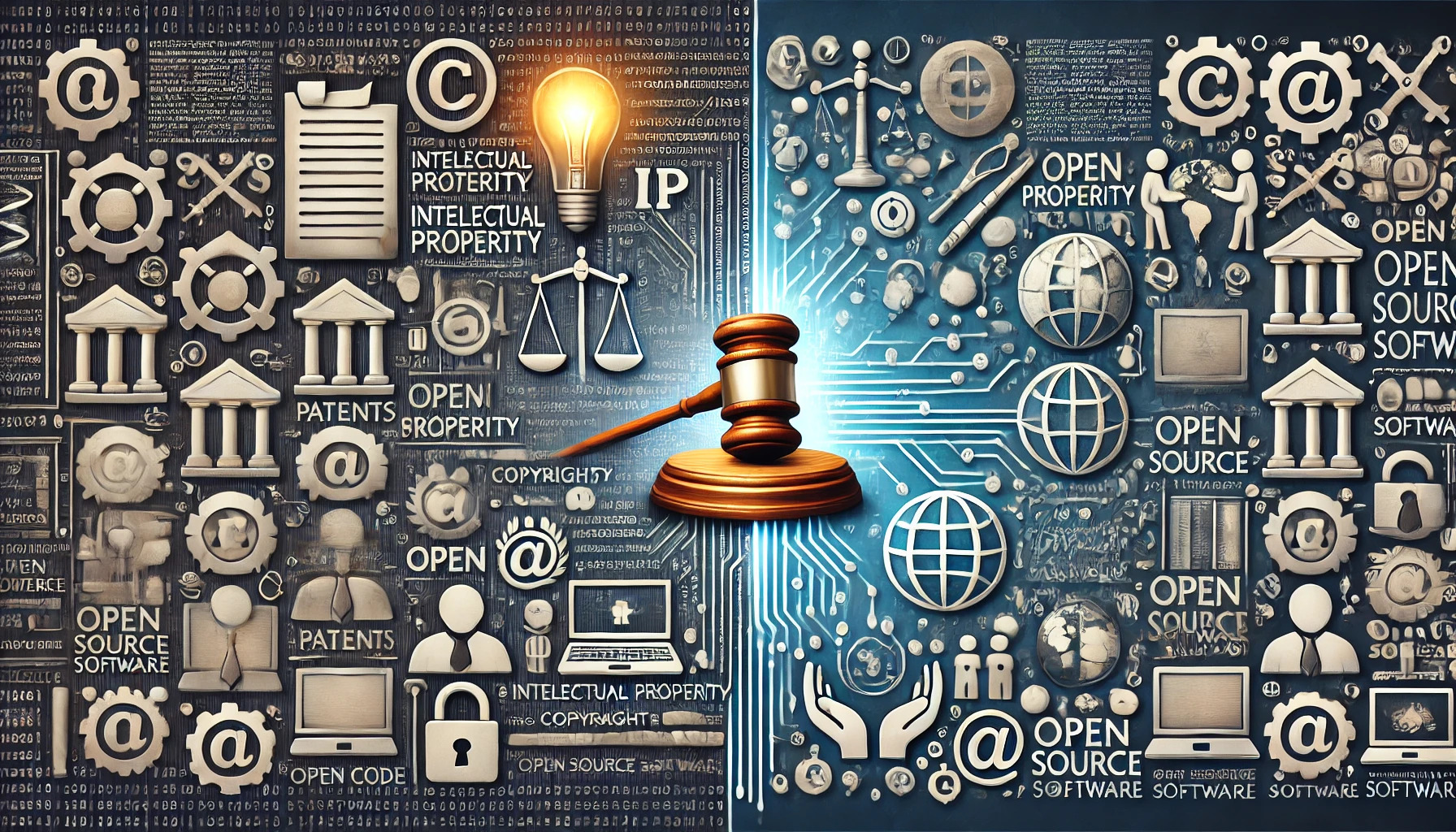Intellectual property is an intangible property which emancipates human wisdom, intelligence and the ability to draw them further. Intellectual property is categorized in the following categories:
- (1) Patent
- (2) Trademarks
- (3) Designs
- (4) Copyright
- (5) Confidential Information
- (6) Trade Secrets and know-how
These intellectual properties play a crucial role in the development of industry, commerce, trade, and technology transfer, as well as in the growth of creative efforts in various fields of human endeavor. The principles of intellectual property are substantially the same across all countries, with variations to suit national requirements. Therefore, the formulation of policies to protect intellectual property rights, preventing piracy and infringement, has become international in character.
Open Source Software
Open Source Software is a type of patented or copyrighted intellectual property. It is licensed with certain limitations mentioned in the Software License Agreement, which dictates the terms of its use. Contrary to popular belief, Open Source Software is not public domain software, and its author does not relinquish all rights to the public at large.
Open Source Software usually operates under “Viral” or “Copyleft” policies outlined in the license agreement, allowing the licensee to modify the software to some extent while adhering to certain parameters. This software is gaining popularity because it is often more secure and bug-free, as many users contribute to its safety and security.
Each Open Source license has specific requirements that must be met by the programmer to use the software. Non-compliance with these requirements can lead to the invalidation of the license and potential copyright violations. Several companies have faced legal action for using Open Source Software, such as Busybox, without fulfilling its licensing obligations under the General Public License version 2 (GPLv2).
It is also important to note that Open Source Software is prone to a higher risk of intellectual property infringement, as it is developed without the usual controls found in commercial software development. Developers who unknowingly use open-source code containing infringing elements could face legal consequences, including injunctions or financial penalties.
To mitigate the legal risks associated with Open Source Software, individuals and companies should implement policies to document the use of such software. This documentation is essential for ensuring compliance with relevant licenses and is especially crucial during due diligence for financing, acquisitions, or when vendors need to provide product details to prospective clients.
This article highlights how intellectual property is created, how it operates, and how it is protected from infringement, with particular attention to Open Source Software and the legal complexities surrounding its use.


